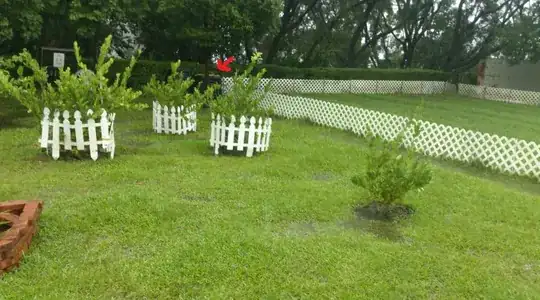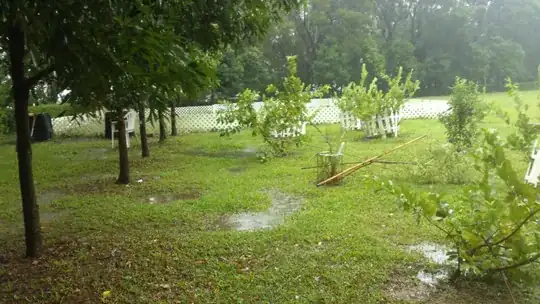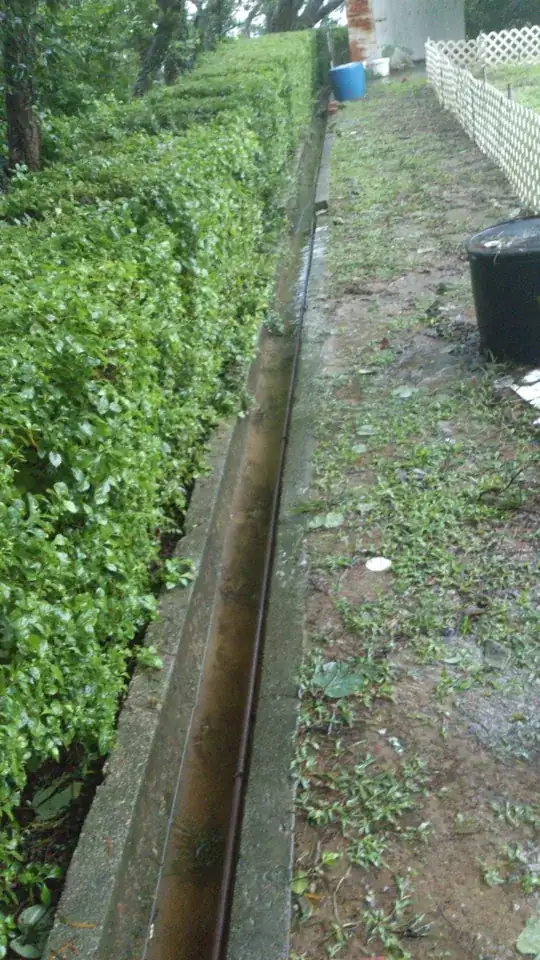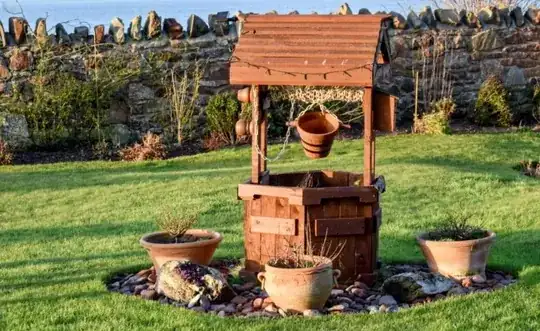I managed a small community garden with a small orchard and farmland. Lately, there are snake sightings in one of my cold dead leaf compost (the snake is a juvenile Ptyas mucosus). Apparently, the damp, dark and earthly-smell compost environment attracts worms and bugs, which in turn attract some frogs and geckos and in turn serve as the food source for snakes. The compost bin is in a location where many people could get nearby for farming.
I have already reminded the people, and discussed with my boss, the possibility of changing the compost to a hot one or relocate the compost bin farther away from the farm. Besides these, what can be done to discourage the snakes from coming and to ensure the safety of people?
Please suggest ways that do not change the basic functioning of the community garden (e.g. must keep on doing composting). Perhaps something non-toxic that can be added to the compost to give a smell that deters snakes?
Some photos of different angles of the garden are shown below (the photos were taken a month ago after a typhoon with no farming activity started):



